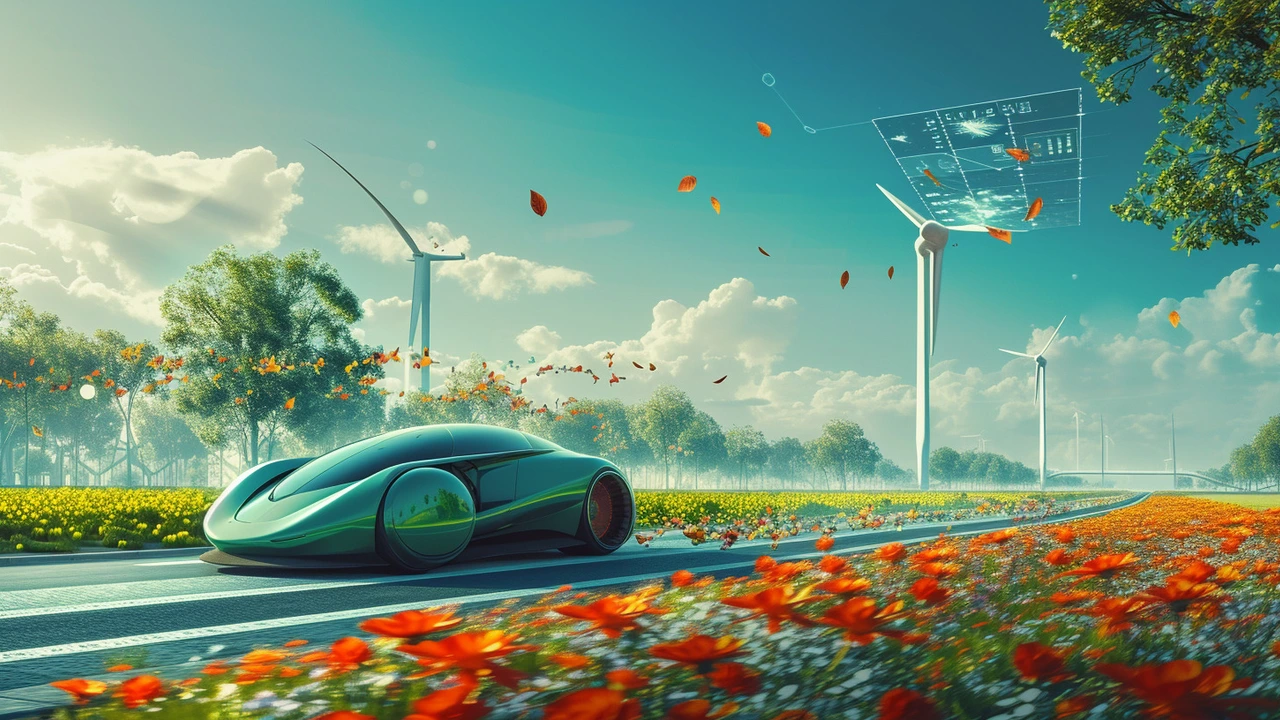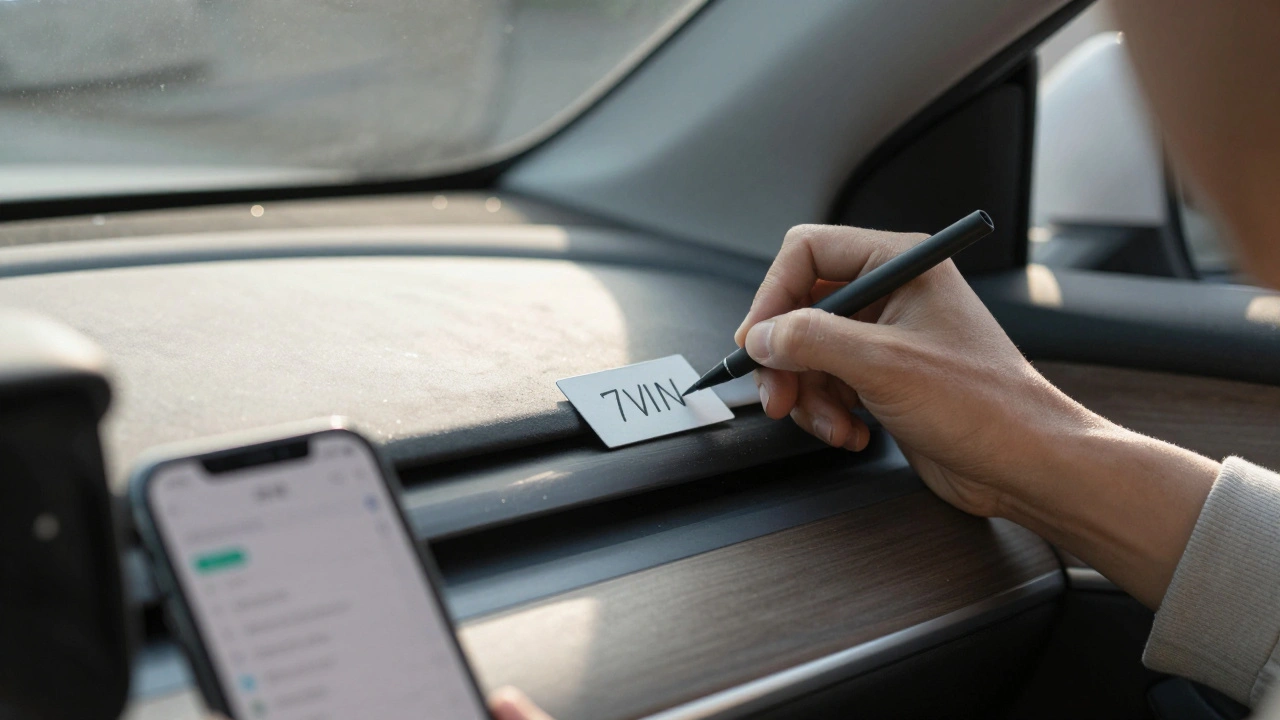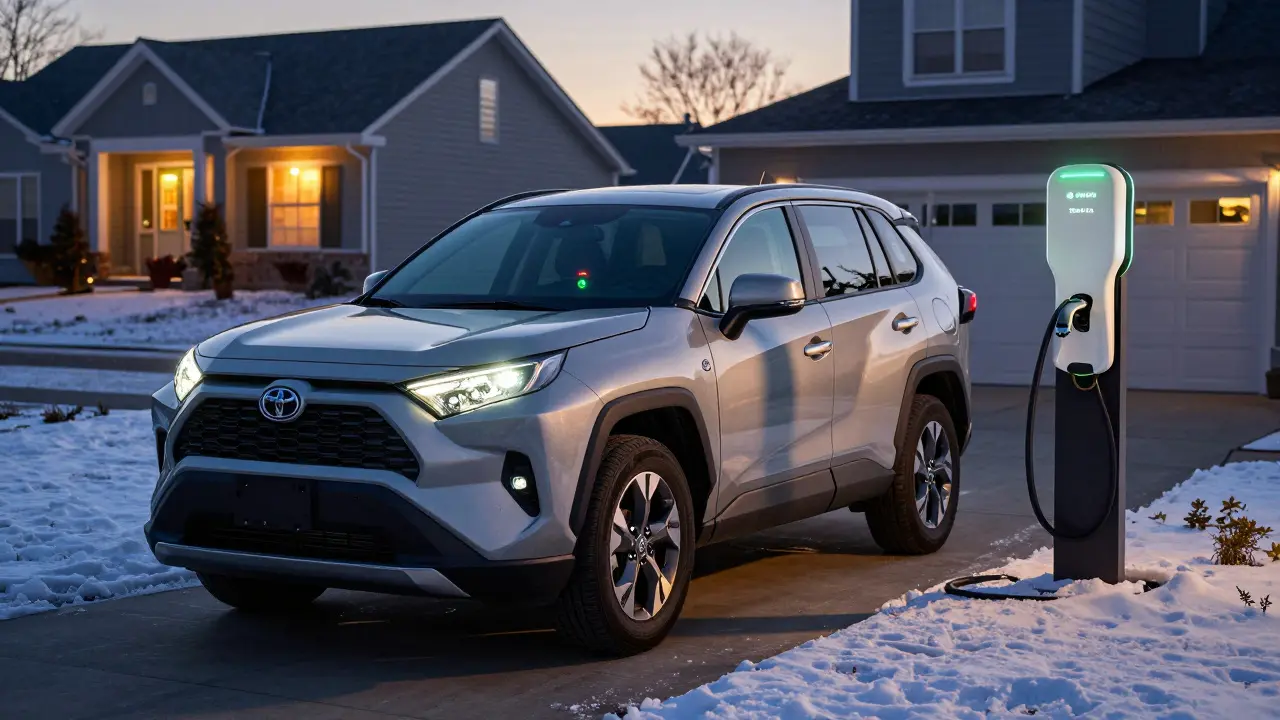Eco-Friendly Driving: Make Your Everyday Car Rides Greener
Most drivers think going green means splurging on a brand-new electric car. Here’s the truth: you can start driving greener today, no giant price tag required. It all starts with smarter car habits and some simple swaps that go a long way for the planet—and your wallet.
Fuel efficiency isn’t just tied to the kind of car you drive. The parts you choose and the way you take care of them make a serious difference. Swapping out an old air filter, keeping your tires at the right pressure, and using the right engine oil can cut your fuel use right away. Even small stuff—like ditching roof racks when you don’t need them—reduces drag and saves gas.
Don’t overlook eco-friendly car parts either. These days, you can find recycled components, biodegradable fluids, and remanufactured parts that perform almost like new. Choosing these options means fewer parts end up in landfills, and manufacturing puts less pressure on resources. Heads up: choosing certified recycled or sustainable parts usually won’t void your warranty, and plenty of shops will install them for you without hassle.
Thinking about an electric car but not ready to make the jump? Hybrids and plug-in hybrids are great halfway points. Keep an eye on your area’s charging options and incentives—some cities give tax breaks, parking perks, or even cash for driving greener models. If that still feels out of reach, focus on habits: gentle acceleration, coasting to a stop, and cutting out aggressive driving can stretch your fuel mileage overnight.
Car maintenance is another place where eco-friendly choices shine. Regular oil changes, prompt attention to the check-engine light, and fixing leaks or weird noises quickly all keep your car running cleaner. If you’re swapping out parts, ask your mechanic about sustainable replacements or remanufactured options. Even things like LED bulbs for your headlights use less energy and last way longer than old-school lamps.
Everyone has to replace parts eventually—brake pads wear down, batteries die, alternators give out. Next time, see if your local auto shop or scrap yard has a recycled or refurbished replacement in stock. It doesn’t just cut your costs; it cuts the energy used to build another new part from scratch.
Switching drivers isn’t always practical, but carpooling, ridesharing, or planning errands so you drive less all add up. When fewer cars are on the road, emissions drop across the board.
Want to step it up? Look at manufacturers pushing for green mobility—some are building cars with seat foam made from plants or dashboards recycled from old bumpers. These truly sustainable features are showing up in mainstream models, not just concept cars.
Bottom line: eco-friendly driving doesn’t demand a complete lifestyle overhaul. Simple decisions—better parts, thoughtful driving, and a few new habits—add up fast, cutting down emissions and saving real money. The future of driving is green, and it starts with what you do on your next trip.

Navigating Towards Eco-Friendly Driving: Trends in Green Automotive Technology
Exploring the intersection of technological innovation and environmental consciousness, this article delves into the latest trends in sustainable automobiles. Investigate the rise of electric vehicles, the impact of renewable materials, and the future of eco-friendly transportation solutions. Gain insights into how the automotive industry is redefining itself to embrace a greener future, offering practical tips along the way for consumers aiming to contribute to sustainability efforts.




